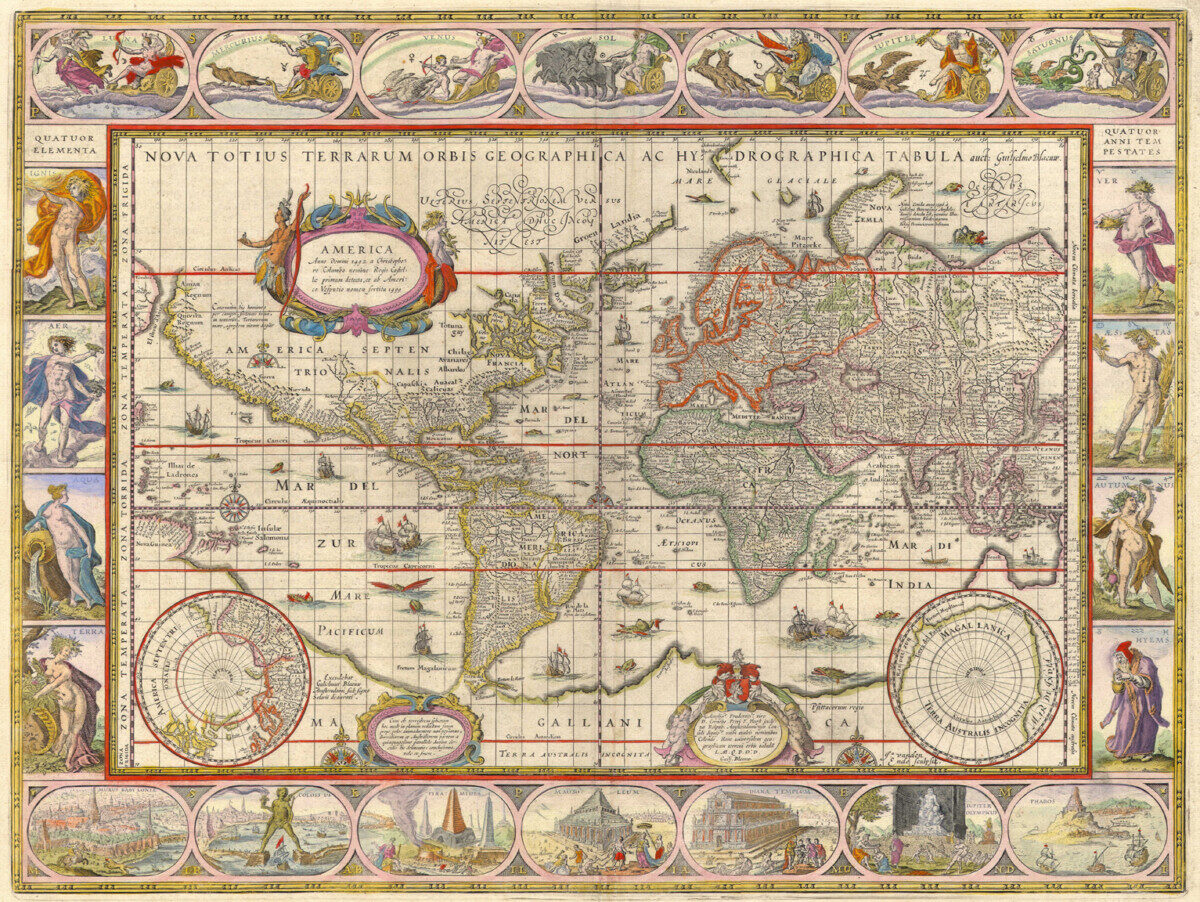Hannah Im | Discussion Post #3
Federico Cesi and his group of artists translated the landscape of their world into a series of intricate drawings. Their attempt to mediate between art and science is an interesting one to explore: the Paper Museum functions better as a celebration of the world rather than a deep dive into the systems it is made of.
The art Cesi and his team made appealed to the breadth of natural history and reflected their artistic genius before their scientific prowess, which is a notable approach for a modern scientific academy to take. As the Academy continued, however, they realized the limitations of visual record because the relationships in nature extend beyond outer appearances.
“The new technologies of vision made a whole new world available for description; on the other, they contained within them the seeds of destruction of visual description itself.”
Freedberg 8
The drawbacks of using art as a basis for scientific classification are many, but drawing facilitates a close observation of the world. As one uses their artistic ability to record what they see, they are exercising a muscle in observation and noticing the intricacies of a subject’s outward appearance. With the advanced technology of today, scientists should use the practice of drawing to notice the intricacies of a subject’s inner appearance. The work of the Academy of Linceans is an emblem of curiosity and celebration of our world; combined with technology to reveal the inner workings and patterns of our world, an intersection between art and science is also an intersection between curiosity and scientific accuracy.
Freedberg, David. The Eye of the Lynx: Galileo, His Friends, and the Beginnings of Modern Natural History. University of Chicago Press, 2002.
